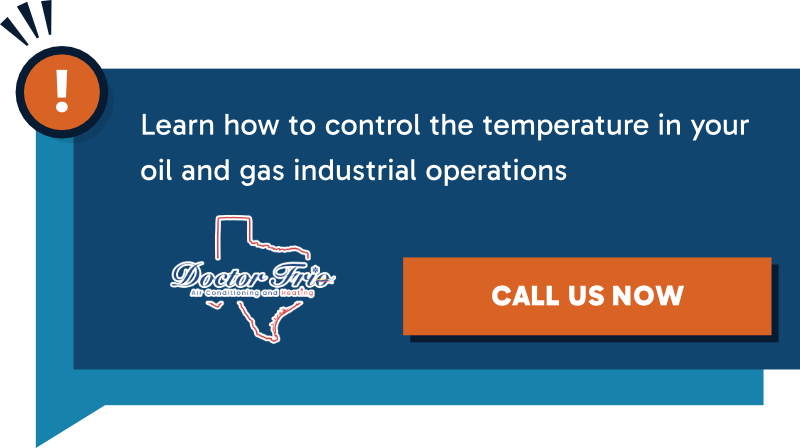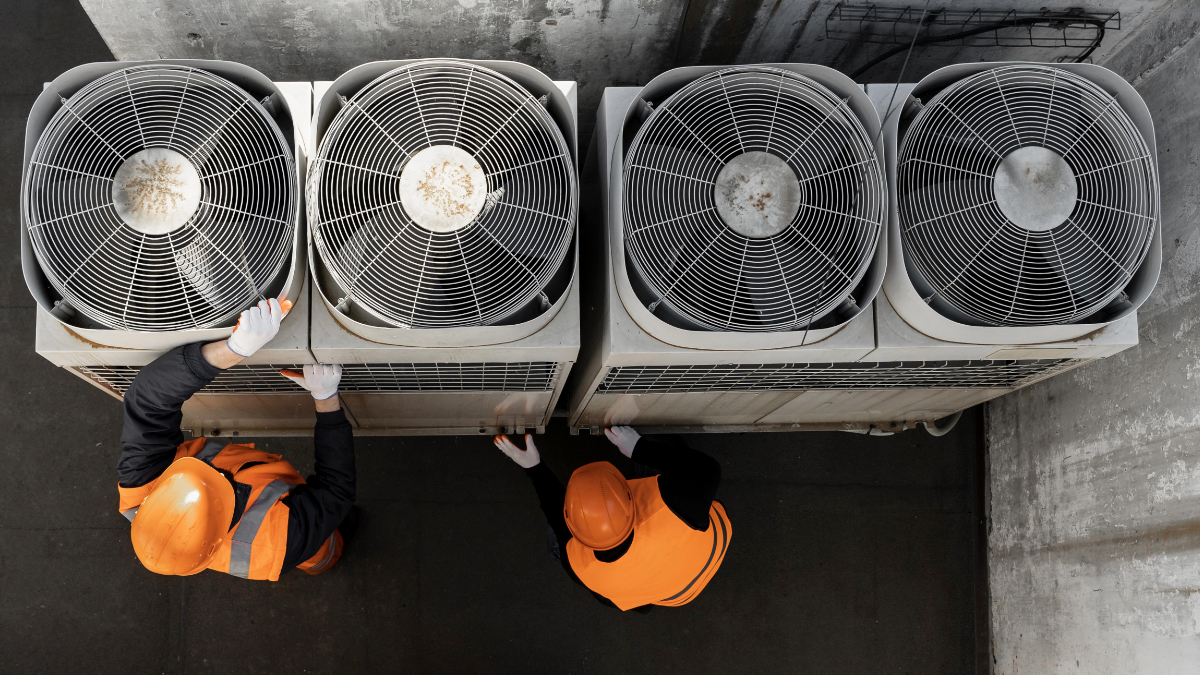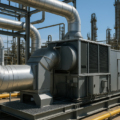The maintenance of HVAC systems in oil and gas plants is crucial to ensure operational efficiency and safety. A failure in these systems can not only increase energy costs but also put the integrity of personnel and equipment at risk. However, it is easy to make mistakes that can negatively impact system performance in the long run.
Here are 5 common mistakes in HVAC system maintenance in oil and gas plants and how to avoid them to maintain a safe and efficient environment.
1. Ignoring regular duct cleaning
In an industrial environment, such as an oil plant, air ducts are exposed to particles and contaminants that can obstruct airflow and affect the efficiency of the HVAC system.
Mistake: Neglecting duct cleaning can significantly reduce system efficiency, causing it to work harder to maintain the proper temperature, which increases operational costs.
Solution: Implement a periodic duct cleaning program to ensure the entire system is free of dust, debris, and contaminants. This will help improve system efficiency and extend its lifespan.
2. Not performing regular filter inspections
In oil and gas plants, HVAC system filters can clog quickly due to exposure to industrial contaminants. This leads to a drop in system efficiency and potential overheating issues.
Mistake: Failing to inspect and replace filters on time can lead to premature wear of system components, affecting its ability to maintain optimal conditions in the plant.
Solution: Establish a preventive maintenance plan that includes regular inspection and replacement of air filters. This way, you’ll avoid the accumulation of particles that can clog the system and reduce its performance.
3. Underestimating sensor and thermostat calibration
A common problem in industrial plants is poor calibration of sensors and thermostats, which can lead to inaccurate temperature readings and inefficient HVAC system operation.
Mistake: Allowing poorly calibrated sensors or thermostats to manage the system can lead to unnecessary energy consumption and affect climate control in critical areas of the plant.
Solution: Ensure regular calibration of sensors and thermostats. This will allow the system to operate more accurately and efficiently, maintaining optimal working conditions and reducing energy costs.
4. Neglecting ventilation system monitoring
In an oil plant, proper ventilation is essential to ensure the safety of personnel and the operation of equipment. However, maintenance of these critical systems is often overlooked.
Mistake: Not monitoring ventilation systems can lead to the accumulation of dangerous gases or contaminants, increasing the risk of accidents and endangering personnel health.
Solution: Implement a constant ventilation monitoring system to detect any irregularities in real-time. Ensure that ventilation systems are always in good condition to prevent any safety risks.
5. Waiting for the system to fail before making repairs
One of the biggest mistakes in HVAC equipment maintenance is waiting until the system fails before intervening. Emergency repairs are not only costly but can also disrupt plant operations.
Mistake: Letting the system reach its failure point can interrupt workflow and cause significant production losses, in addition to increasing repair costs.
Solution: Adopt a proactive and predictive approach to HVAC system maintenance. By performing regular inspections and replacing components before they fail, you can avoid unplanned downtime and extend the lifespan of equipment.
Optimize HVAC system performance and ensure operational safety
Proper HVAC system maintenance is essential to maintain operational efficiency and safety in oil and gas plants. Avoiding these mistakes will help reduce costs, minimize downtime, and ensure your equipment is always running at peak performance. At Doctor Frío A/C and Heating, we understand the demands of this sector, which is why we offer HVAC services for the oil and gas industry focused on preventive and predictive maintenance specifically designed to ensure plant efficiency and safety. In this regard, we invite you to contact one of our representatives, who will help you develop a maintenance plan tailored to your company’s needs.




